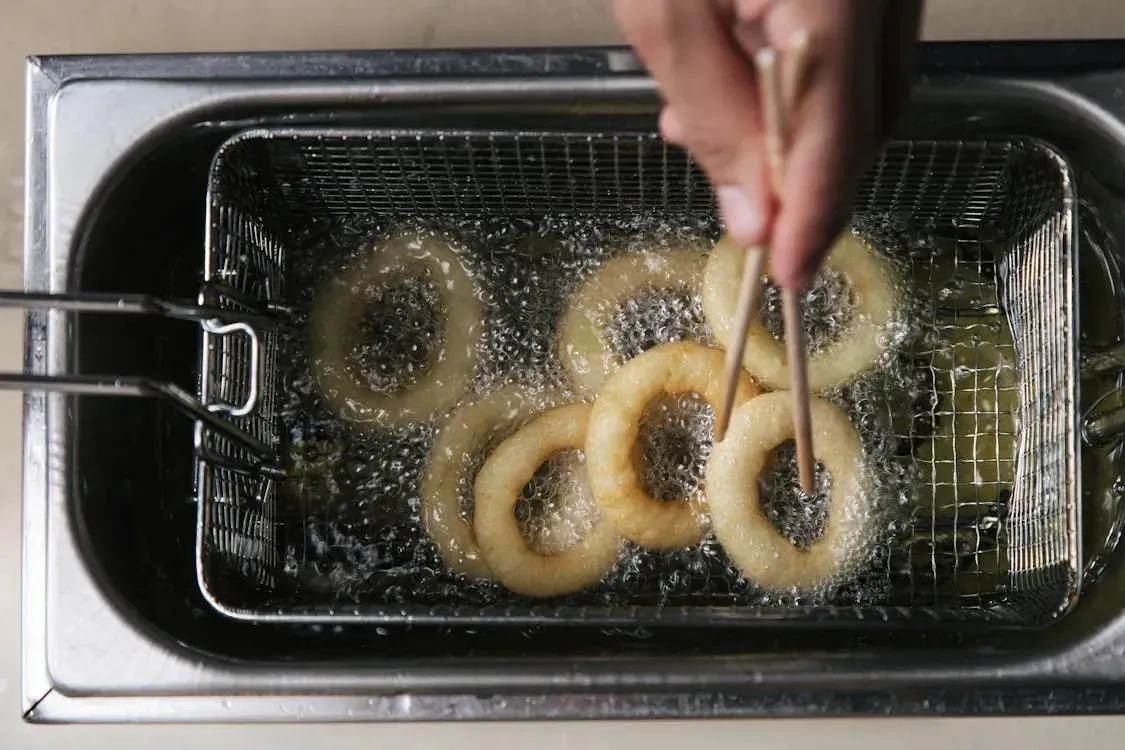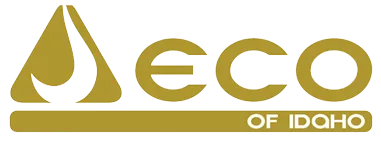Blog

How Do You Clean a Grease Trap? Effective Methods for Idaho Restaurants and Businesses
Introduction
If you manage a restaurant or food service business in Idaho, your grease trap is one of the most important pieces of equipment you have. It prevents fats, oils, and grease — often called FOG — from entering the sewer system and causing major plumbing issues.
But when was the last time you cleaned it properly? Grease trap cleaning isn’t just a maintenance task — it’s a legal and environmental requirement. This guide explains how to clean a grease trap, what methods work best, and how to keep your business compliant with Idaho’s regulations.
Why Cleaning a Grease Trap Matters
A grease trap separates grease and solids from wastewater before it flows into the main sewer line. Over time, the trap fills up with layers of hardened grease, sludge, and food particles. Without regular cleaning, this buildup can lead to:
Slow or completely blocked drains
Foul odors around sinks or dish areas
Plumbing backups that shut down your kitchen
Costly emergency repairs or fines for non-compliance
Regular cleaning keeps your system running efficiently, helps your staff work without interruption, and ensures your business meets city and state environmental standards.
Step-by-Step: How to Clean a Grease Trap
Cleaning a grease trap requires a safe, methodical process. Here’s how it’s done — whether handled in-house for small units or by professionals for larger systems.
Step 1: Inspect and Prepare
Before opening the trap, allow the contents to cool. Wear gloves, eye protection, and a face mask for safety. Remove the lid carefully to avoid damaging gaskets. Measure the amount of grease and solids — if the trap is one-quarter full, it’s time for cleaning.
Step 2: Remove the Waste
For small under-sink traps, you can scoop out grease and solids into a sealed container for proper disposal. Large traps require professional pumping with vacuum equipment that removes all FOG and wastewater quickly and safely.
Step 3: Scrub and Rinse
Once emptied, scrape grease and sludge from the trap walls and baffles. Use a brush and warm water to break up hardened residue. Avoid harsh chemicals, as they can damage the trap and interfere with wastewater treatment.
Step 4: Inspect for Damage
After cleaning, check for cracks, leaks, or corrosion. Damaged components should be repaired immediately to prevent leaks or operational failures.
Step 5: Record the Service
Document the date, condition, and method used for cleaning. Keep these records on-site — Idaho municipalities often require proof of regular grease trap maintenance.
Recommended Cleaning Frequency
The right schedule depends on your business size, trap capacity, and kitchen activity.
High-volume restaurants: Every 30 days or sooner
Medium-volume operations: Every 60 days
Small or low-grease kitchens: Every 90 days
Following the “25 percent rule” is a reliable benchmark — when grease and solids occupy 25 percent of the trap’s volume, it’s time to clean. Waiting longer increases the risk of overflow and costly plumbing repairs.
Best Practices to Keep Your Grease Trap Efficient
Before your next scheduled cleaning, there are steps you can take to keep grease buildup under control.
Train Your Staff
Teach employees to scrape food and grease into the trash before washing dishes. Never pour hot oil or grease directly into sinks.
Use Sink Strainers
Install strainers in all drains to capture solids and food debris before they reach the trap.
Filter and Cool Fryer Oil
Cool used oil before transferring it to collection containers. This keeps grease from solidifying inside the trap and reduces contamination.
Maintain a Cleaning Log
Track every cleaning and inspection. It helps you plan maintenance and provides compliance documentation if regulators visit your business.
FAQs
How can I tell if my grease trap needs cleaning?
Slow drains, unpleasant odors, and grease floating near drain covers all signal that your trap is due for cleaning.
Can my staff clean it, or should I hire a professional?
Small traps can be cleaned in-house, but large or outdoor interceptors should always be handled by licensed professionals with the right pumping and disposal equipment.
What happens if I skip cleanings?
Skipping cleanings can lead to clogged drains, plumbing damage, foul odors, and potential health-department violations.
Do additives or enzymes replace cleaning?
No. Additives can reduce odor or help with mild buildup but never replace manual or professional cleaning.
How do Idaho regulations affect grease trap maintenance?
Idaho municipalities require regular documentation of grease trap cleaning and proper waste disposal. Non-compliance can result in fines or operational suspensions.
Conclusion
A clean grease trap is critical for every Idaho restaurant and food service business. Following a regular cleaning schedule prevents costly damage, protects your plumbing, and keeps you compliant with local waste regulations.
Whether you handle small traps in-house or work with professionals for larger systems, staying consistent is the key. Clean traps mean smoother operations, fewer emergencies, and a safer, more efficient kitchen.
Our Services
Helpful Links
Contact Information
Phone: (208) 867-4607
Email: [email protected]
Address: 1990 S Cole Rd, Boise, ID 83709, United States of America
Business Hours:
Mon - SunOpen 24 Hours
© 2025 All Rights Reserved | Eco of Idaho
